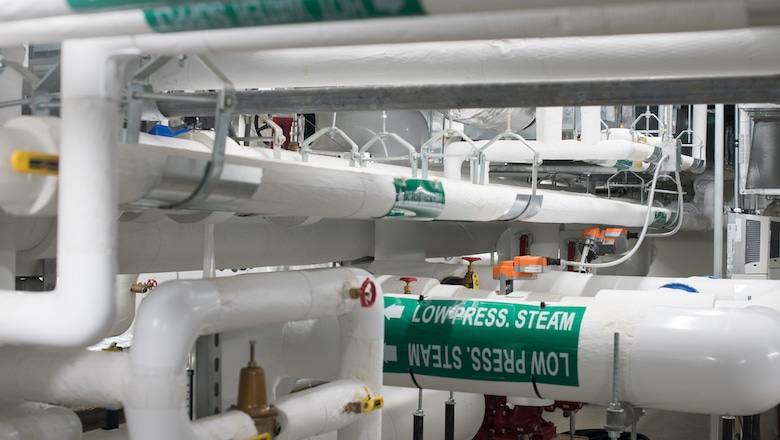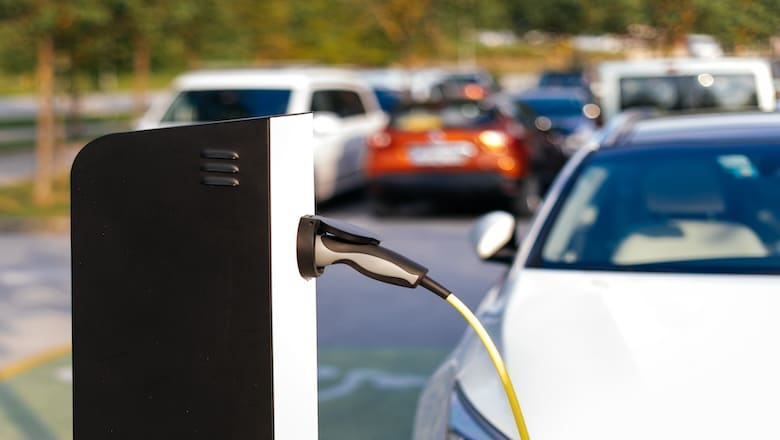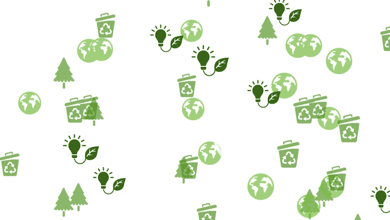Campus facilities and coronavirus: how to prevent water and ventilation issues in unoccupied buildings
Coronavirus has left buildings on campus vacant in places that were designed to be operating 24/7. When spring turns to summer and heat and humidity kick in, do you have a transition plan to prevent maintenance issues on campus? Are you staying ahead of potential health hazards associated with stagnant water?

Giving buildings a rest from their ordinary activities may be good for energy bills and lower emissions. But there can be drawbacks.
Based on a recent community forum and drawing from some additional resources, we’ve put together a couple of checklists to help you navigate keeping your buildings safe and operational during and after the COVID-19 shutdown.
WATER
Stagnant water comes with a host of problems. According to Pat Guccione of Chem-Aqua, from a recent IDEA presentation, chlorine, bromine, chlorine dioxide, and monochloramine all degrade over time in standing water, which necessitates flushing your systems on a routine schedule to maintain the presence of disinfectants. Here’s a detailed list of ways you can prevent problems with water in unoccupied buildings.
Important: document your work. Take clear, detailed notes and communicate them with other building managers.
Identify the locations throughout their facility where such issues may arise. Devices and equipment where Legionella can grow and/or spread within buildings which have recently experienced lower use or occupancy may include:
- Hot- and cold-water storage tanks
- Water heaters
- Water filters
- Electronic and manual faucets
- Aerators
- Faucet flow restrictors
- Shower heads and hoses
- Eyewash stations
- Ice machines
- Swimming pools/hot tubs
- Decorative fountains
- Cooling towers
Next, use the following checklist to protect against water quality issues:
- If you are not using buildings at all, it’s best to shut off water to the building.
- Ensure that P traps are not dry.
- Drain decorative fountains, hot tubs, and pools completely unless approved treatment and monitoring protocols are maintained.
- Disconnect the water supply to ice machines, coffee makers, water filters, and similar devices. Disinfect inlet lines and install new filters prior to start up.
- Keep water heaters set at their designated temperature (ideally at or above 120⁰F).
- Flush all hot and cold water fixtures (showers, faucets, eyewash stations) at least weekly. Flushing time at each fixture should be more than two minutes at low flow at both hot and cold outlets. Document the flushing schedule with log sheets. Routine flushing may mitigate the necessity of disinfecting the potable water system before the building is reoccupied.
- Periodically monitor the chlorine level at the point of entry and locations throughout the building to ensure flushing provides adequate residuals. Simple test kits are available for chlorine testing.
- If not required for HVAC system or process operation, cooling towers, chillers, heat exchangers, and associated piping should be completely drained. Leaving the system filled with stagnant water can result in severe corrosion, biofouling problems, and contributions to the transmission of Legionnaires disease.
- If the cooling tower is required for HVAC system or process operation, specific treatment protocols may be required to help address microbiological problems under low-load conditions. Although inhibitor requirements may be reduced under low load, microbiological control is more challenging. Do not discontinue water treatment if the tower is being operated.
HVAC
Our discussion, plus some additional notes from our engineering team, led to the following recommendations for managing heating, cooling, and especially ventilation in unoccupied buildings.
- Set back temperature set points to unoccupied mode for all buildings that are not used. Ensure that you have a night setback (or setup) for cooling as well as for heating.
- Cycle fans regularly. Do it during off-peak times so you do not get penalized for demand charges. Try to keep demand as low as possible during peak times.
- Make sure your exhaust fans are also on when you are cycling fans or operating them for a few hours to move air inside the building. Depending on the building, you want it to be slightly positive in pressure and don’t want issues from air infiltration.
- Flush buildings. In cases where VAV boxes have a zero minimum flow, cycling fans will not accomplish the objective of freshening air throughout the building. Where possible, use global search to identify all VAV dampers and override damper setpoints.
- Reduce static pressure and differential pressure setpoints. When running systems periodically to flush and/or ensure that fluids don’t stagnate, reduce pressure setpoints—static pressure for fan systems and differential pressure for pumping systems. The objective is simply to move air or water, which can be done at much lower static and differential pressure with significant energy savings.
- Manage humidity levels. Ensure that humidity levels don’t get too high when trying to set back or set up buildings, which could create new problems.
- If you can, monitor energy use in buildings, this is the best time to know what your baseline should be during unoccupied modes and you can benchmark future times against covid energy data.
- If you have lighting control systems, make sure that you change the schedules for these systems to be off, or if you can automatically task-tune them and reduce light levels.
- Unplug all phantom loads, if possible, such as computers, refrigerators, etc.
- Hibernate laboratories. Labs need careful attention to air flows as you consider hibernating fume hoods or other techniques to reduce energy use. Ensure that you understand the labs’ ongoing ventilation needs and how the system will react (i.e., will there be adequate ventilation if fume hoods are shut down?).
Additional resources
- The Appalachian Energy Summit Energy Managers WG3 Maximizing Communication and Existing Expertise Subcommittee hosts an EnergyLeaders listserv. If you would like to participate, contact Patrick Richardson of Appalachian State University.
- APPA is hosting a weekly panel discussion and Q&A on the shared campus responses and guidance on COVID-19 every Friday, 12:30 – 2:00 p.m. Eastern.
- The International District Energy Association (IDEA) has a page dedicated to providing resources and materials for building managers regarding COVID-19.
We’re in this together. If you have questions or concerns about your campus that you’d like to run by one of our building engineers, please feel free to Talk to Us—we genuinely want to help.



